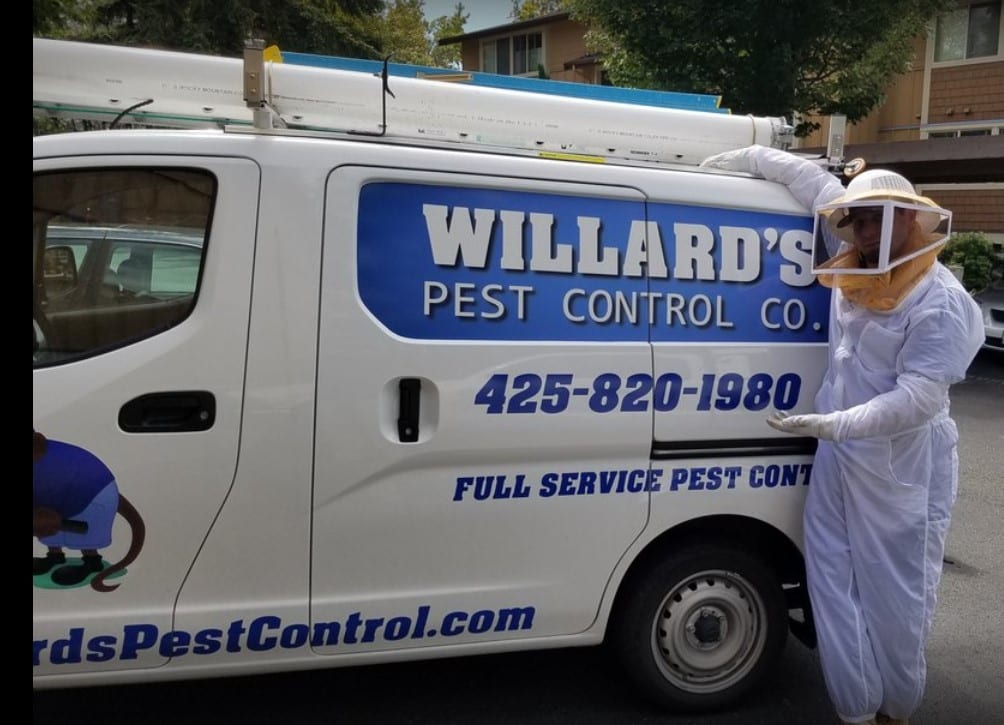
The presence of rats in residential or commercial spaces can pose significant health and safety concerns. Identifying the signs of rat activity is crucial in addressing potential infestations effectively. We will look at common indicators of rat presence, including greasy rub marks, sightings of live or dead rats, and footprints while emphasizing the importance of proactive measures and professional intervention in mitigating the risks associated with rat infestations. By raising awareness of these signs, individuals can take the necessary steps to maintain a safe and healthy environment, free from the hazards of rat infestations.
#1 Unusual Noises (Especially At Night)
Rats can create a range of unsettling noises within a property, including scratching, squeaking, and scurrying sounds. These auditory indications are particularly noticeable during the night when rats are most active.
It’s crucial for homeowners and business owners to remain vigilant and attentive to any unusual noises emanating from walls, ceilings, or attics. Timely recognition of these sounds is key to identifying potential rat infestation and taking prompt action to address the issue.
#2 Gnaw Marks and Damage
Rats frequently leave distinct gnaw marks on various surfaces including wood, plastic, and even electrical wiring. These marks often indicate the presence of rats and their destructive behavior.
The damage caused by rats can be extensive, ranging from chewed insulation to compromised structures. Understanding the potential repercussions of rat activity underscores the urgency of addressing any signs of gnawing within a property.
#3 Droppings and Urine Odor
Rat droppings are typically small, dark pellets with pointed ends, resembling grains of rice. Additionally, the distinct odor of rat urine is often pungent and ammonia-like, indicating the presence of these unwanted pests.
Exposure to rat droppings and urine poses significant health risks, including the potential spread of diseases and allergens. It’s imperative to act promptly upon discovering these signs, as they signify the urgent need for professional intervention to mitigate health hazards and eradicate the infestation.
#4 Nests and Nesting Materials
Rats construct nests using shredded materials such as paper, fabric, or insulation, creating warm and secure spaces for breeding and shelter.
Diligently inspect potential nesting sites, particularly secluded areas within the property, as these locations often serve as ideal spots for rat nests. Identifying and addressing these nesting areas is crucial in effectively managing rat infestations.
#5 Sightings of Live or Dead Rats
The sight of live or dead rats within or around a property serves as a crucial indicator of a potential infestation. These sightings signal the presence of an established rat population, highlighting the urgency of addressing the issue promptly and effectively.
Seeking professional intervention when dealing with live rats is important. Implementing humane removal methods not only ensures the ethical treatment of the animals but also minimizes the risk of further infestations and potential health hazards associated with rodent presence.
#6 Rub Marks
Rats often leave greasy rub marks along walls and baseboards as they travel through the property. These marks, caused by the oils and dirt on the rats’ fur, serve as distinctive indicators of their activity within the space.
Recognizing these greasy rub marks is crucial, as they provide valuable evidence of rat presence. Identifying and addressing these signs promptly can aid in early intervention, helping to prevent potential infestations and mitigate the associated risks to property and health.
#7 Footprints
Rat footprints may be visibly present in dusty or muddy areas, serving as clear indicators of their presence within a property. These footprints, characterized by their distinct size and shape, provide tangible evidence of rat activity and movement.
Carefully inspecting dusty or muddy areas for evidence of rat footprints is crucial in identifying and addressing potential rat infestations. Heightened awareness of these subtle but telling signs empowers individuals to take proactive measures in mitigating the risks associated with rat presence within their surroundings.
Absolutely! Here’s a section detailing what to do when signs of rat infestation are observed:
Responding to Signs of Rat Infestation
Upon observing any signs of rat activity, it’s essential to take prompt and decisive action to address the situation effectively. Here are key steps to consider:
- Thorough Inspection: Conduct a comprehensive assessment of the property to identify potential entry points, nesting areas, and sources of food and water.
- Professional Intervention: Consider enlisting the services of pest control professionals who can conduct a thorough inspection, implement effective extermination methods, and provide guidance on preventing future infestations.
- Sealing Entry Points: Seal off any gaps, cracks, or openings in walls, floors, and foundations to prevent rats from entering the premises.
- Sanitation Measures: Implement stringent sanitation practices, such as proper waste disposal, keeping food stored in airtight containers, and maintaining cleanliness to eliminate potential food sources for rats.
- Humane Traps and Deterrents: Use humane traps and deterrents to capture and discourage rats from frequenting the area, ensuring their safe removal from the premises.
- Continuous Monitoring: Regularly monitor the property for any recurring signs of rat activity, and take necessary measures to address them promptly.
By proactively addressing signs of rat infestation with a combination of professional assistance, preventive measures, and ongoing vigilance, individuals can effectively manage and mitigate the risks associated with rat presence.
Conclusion
Recognizing the various signs of rat activity, such as greasy rub marks, live or dead sightings, and footprints, is paramount in addressing potential infestations effectively. By understanding and being proactive in identifying these indicators, individuals can take the necessary steps to mitigate the risks associated with rat presence within their environment. Prompt professional intervention, humane removal methods, and thorough inspection of potential rat activity areas are vital in maintaining a safe and healthy living or working space. Heightened awareness of these signs empowers individuals to safeguard their surroundings and take proactive measures to address rat infestations promptly.


